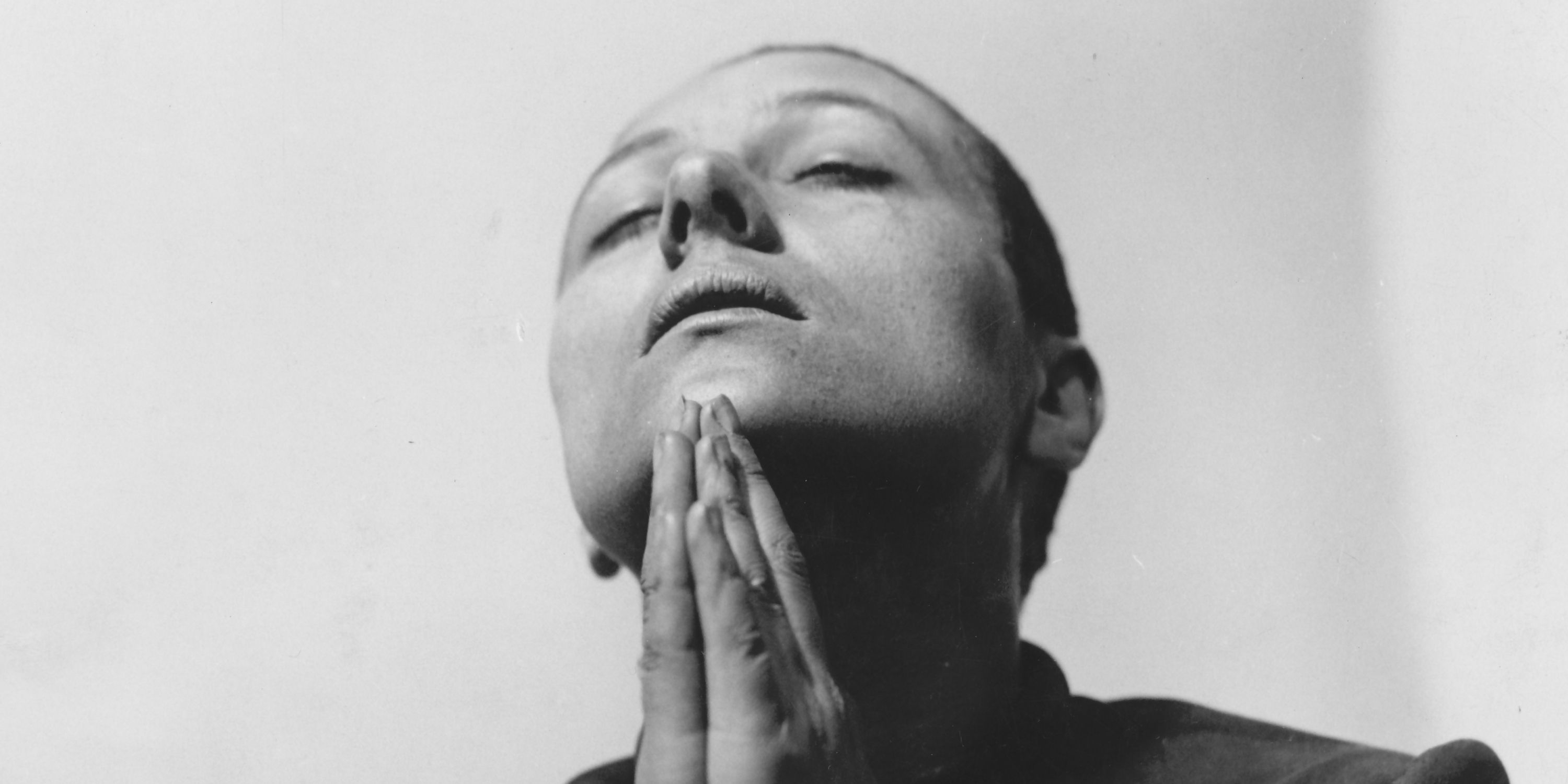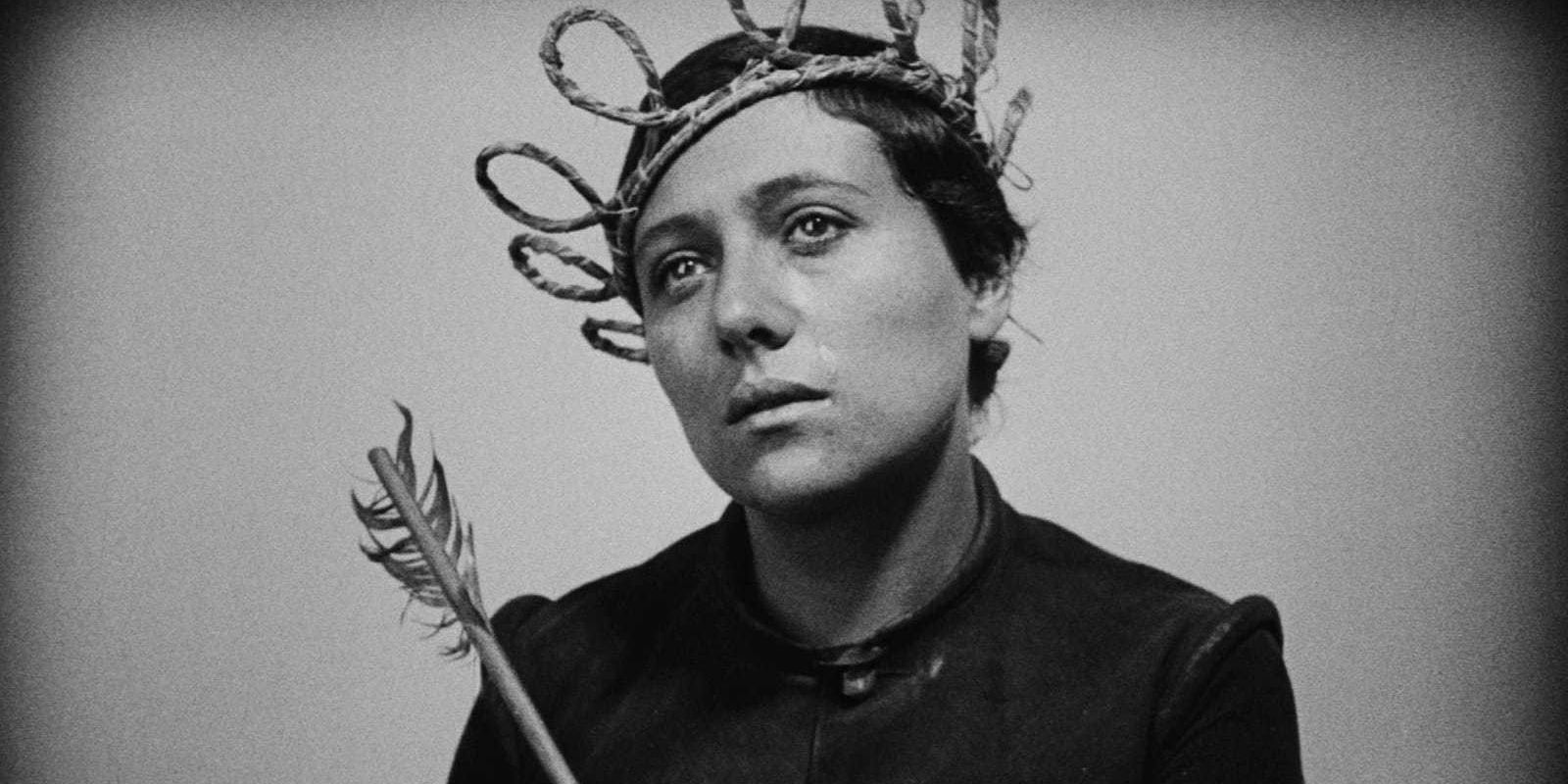Hunting down lost media has become a popular hobby in the internet age, with entire communities dedicated to digging through the detritus of a bygone era in hopes of finding gold. But it doesn’t hold a lot of promise for fans of early cinema; in 2013, the Library of Congress reported that 75% of all silent films were lost. Many of these films disappeared long before they could be stored either digitally or on home video, and this has led to a massive gap in the history of the medium.
During the early days of film, preservation certainly wasn’t the main issue studios were concerned with. They would often destroy their own film prints in order to make room for others. On top of that, the 35mm nitrate film that most of the pre-1950s cinema used was highly flammable, leading to the destruction of many films in vault fires. But every now and then, a long-lost classic is rediscovered by pure chance, often thanks to a less combustible, if lower-quality, 16mm print. Film fans saw it happen in real-time with Fritz Lang’s pioneering sci-fi drama Metropolis. For decades, the only available versions of the film were heavily shortened, with several important scenes missing entirely. It wasn’t until 2008, more than 80 years after the film’s release, that an Argentinian museum discovered they possessed an uncut 16mm negative.
But the restoration of Metropolis revealed another problem. Two scenes were scratched up so badly that they couldn’t be recovered. The chances of a missing film just turning up out of the blue are slim, but the chances of it staying in pristine condition for decades are slimmer. That’s why the story of Carl Th. Dreyer’s 1928 film The Passion of Joan of Arc is all the more miraculous.
Dreyer’s entire career was marked by difficulties, and many of his films failed to achieve critical or commercial approval (though some have been reappraised in recent years). However, his 1925 drama Master of the House was successful enough to land him an opportunity outside his home country of Denmark. The Société Générale des Films, a French studio that also financed the groundbreaking war epic Napoleon, wanted Dreyer to direct a film for them. He was offered a massive budget and complete creative control, a hard prospect for any filmmaker to turn down. To appeal to a French audience, he drew straws to decide whether his film would focus on the life of Catherine de Medici, Marie Antoniette, or his eventual choice — Joan of Arc.
Joan of Arc was a 15th-century French soldier who claimed to have religious visions that told her to fight in the Hundred Years’ War between France and England. While defending the city of Compiègne, she was captured and put on trial by the English. A court found her guilty of heresy and she was sentenced to death by burning. She was posthumously acquitted in 1456 and became a historical icon renowned for her dedication to France. She was represented in many early films, including the works of directors such as Georges Méliès and Cecil B. DeMille. Dreyer spent more than a year researching her story in order to do it justice, as she was still a highly-revered figure who had recently been sainted by the Catholic Church.
The Passion of Joan of Arc was completed in 1928 and praised by outlets such as The New York Times, which hailed stage actress Renée Jeanne Falconetti’s transcendental performance in the title role (considered today to be one of the greatest film performances ever). The film was not without its detractors, however. Upon release, the film was banned entirely in Britain due to its negative portrayal of English soldiers, and in France, the theatrical cut was heavily edited to appease both the government and the Church. The original negative was something ironically destroyed in a fire just six weeks after the premiere, and Dreyer painstakingly put together a second version of the film using leftover footage. This cut was also lost in a lab fire less than a year later. Dreyer would go on to sue the Société Générale des Films for breach of contract, a case which he won in 1931. But the studio had already collapsed, with the financial failure of both The Passion of Joan of Arc and Napoleon draining them of funds. Dreyer wouldn’t make another critically successful film until 1955 when his masterpiece Ordet won the Golden Lion at the Venice Film Festival.
With the only remaining versions of The Passion of Joan of Arc being unauthorized re-edits from copies of the second negative, Dreyer believed up until his death that his intended cut would never see the light of day. But in 1981, a worker cleaning out the janitor’s closet of the Dikemark Hospital, a mental institution in Oslo, Norway, stumbled upon several film canisters and sent them to the Norwegian Film Institute to be examined. The Institute discovered that they contained Dreyer’s original version of the film, which he had sent to Harald Arnesen, then-director of the Dikemark Hospital. The mystery of why he sent it to Arnesen remains unsolved, though historians suspect the two were mutual friends.
The fragile print had somehow remained unharmed despite sitting in a closet for so long, meaning that its restoration was able to proceed without incident. And since the film had been missing for more than 50 years, its re-release drew quite a bit of interest from the film community. Critics such as Roger Ebert, Jonathan Rosenbaum, and Pauline Kael gave it rave reviews, and star Renée Jeanne Falconetti become an icon of the silent film era despite it being her only notable role. The Passion of Joan of Arc is now widely available on home video, and the story of its recovery sits as a firm reminder that lost media often turns up in the last place anyone would expect.


